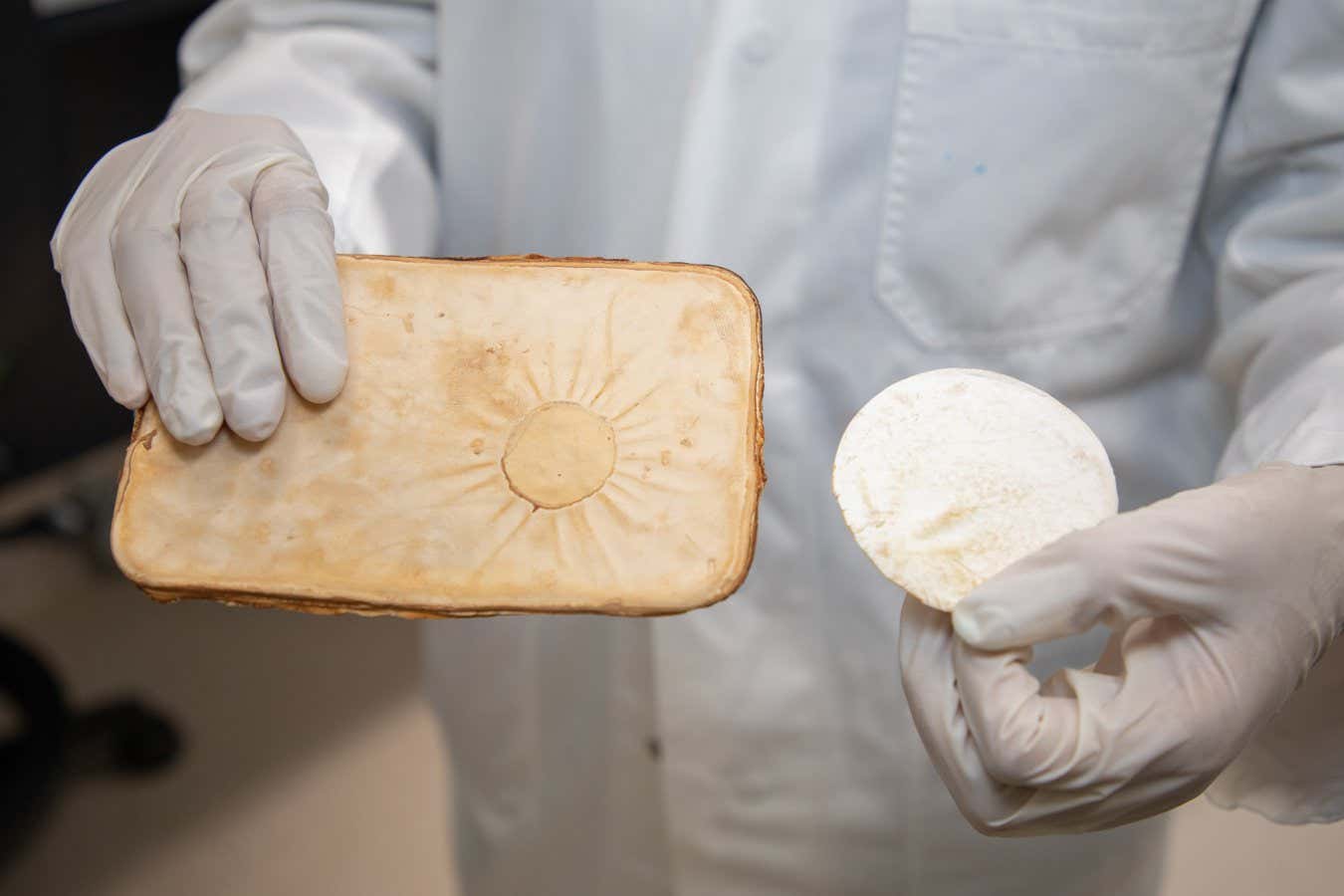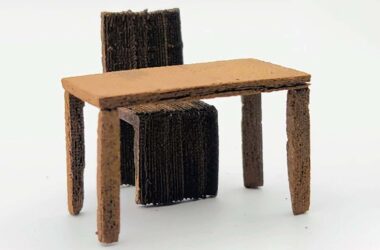Introduction:
Researchers have recently looked for greener and safer options to traditional fireproofing materials. The discovery of thin sheets of compressed fungi’s excellent fire-resistant qualities has paved the way for developing environmentally friendly fireproofing solutions. This innovative study provides an exciting insight into the future of fire safety, where biodegradable materials can replace dangerous ones like asbestos and polybrominated diphenyl ethers (PBDEs). We’ll learn about mycelium, the root-like structure of fungi, and how it was used by scientists at RMIT University in Melbourne, Australia, to create a fireproof substance that doesn’t harm the environment. We will learn how mycelium sheets can improve fire safety and how they can help usher in a new era of innovation in this field.
Realizing the Importance of Eco-Friendly Fireproofing
The potential dangers of using more conventional materials motivate the search for safer, more environmentally friendly alternatives. Asbestos and polybrominated diphenyl ethers (PBDEs) were once commonly employed for fireproofing but have since been found to harm human health and the environment. Mycelium has demonstrated promising fire-resistant qualities in recent studies. Therefore, it is attracting the attention of researchers hoping to solve these problems.
Mycelium’s Use as a Fire Barrier:
Mycelium, the complex web of fungal filaments, naturally resists combustion and could usher in a new era in fireproofing innovation. Mycelium-based fireproofing materials were produced by a team of researchers at RMIT University led by Tien Huynh. These are grown from mycelium cells, which are then converted into thin sheets that, when exposed to fire, generate a protective char layer. This novel strategy provides a non-toxic, biodegradable substitute for conventional fireproofing materials.
The Benefits of Fireproofing using Mycelium:
Sustainability and low environmental impact are two major selling points for fireproofing materials based on mycelium. Mycelium sheets are non-toxic and biodegradable, reducing the possibility of injury caused by harmful chemicals.
According to studies, Mycelium has been demonstrated to have better fire safety qualities than common polymers like polymethyl methacrylate (PMMA) and polylactic acid (PLA). An efficient flame retardant due to the existence of a mycelium-rich surface layer that decreases heat release rates.
Sustainable Construction Methods: Fireproofing materials from mycelium could completely alter the building business. Improved fire protection can be achieved without sacrificing green credentials when these materials are used in construction. Fire resistance in concrete buildings can also be increased using natural fungal fibers from a silicon source.
Mycelium, the Future of Fire Prevention:
Huynh and his team at RMIT University have discovered promising new avenues to explore in fire prevention. The usage of mycelium-based fireproofing materials has the potential to greatly minimize the utilization of harmful chemicals in the building and manufacturing sectors. However, more work is needed to improve the microstructure, chemical interaction, and growth characteristics of fungal fibers. Integrating mycelium-based solutions into current fire safety measures requires close cooperation between scientists, architects, and manufacturers.
Conclusion:
The development of mycelium-based fireproofing is encouraging in light of ongoing worries about the negative effects of conventional fireproofing materials on the environment and human health. RMIT University researchers have shown that thin sheets of compressed fungus have enormous potential as a non-toxic, biodegradable substitute for harmful chemicals. Mycelium has the potential to revolutionize fire safety methods due to its natural fire-resistant qualities, as well as its sustainability and adaptability. Mycelium-based technologies pave the way toward a future where fireproofing materials prioritize ecological balance and human safety.








